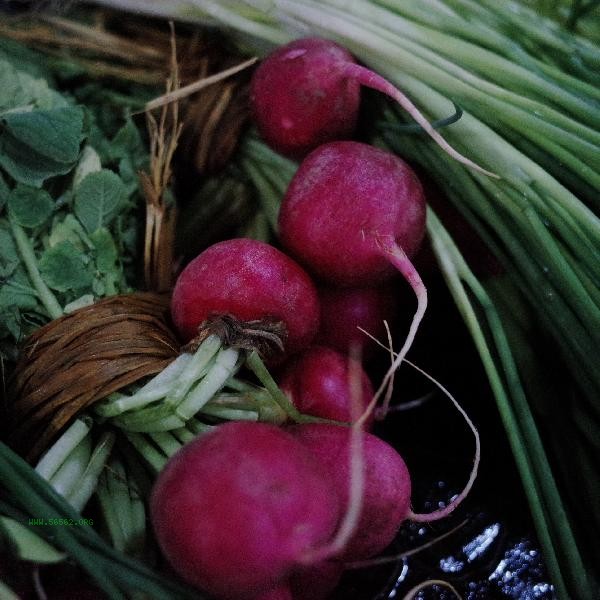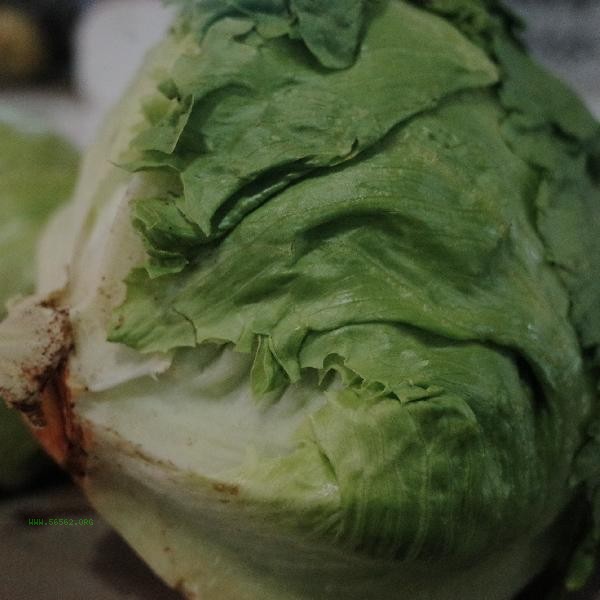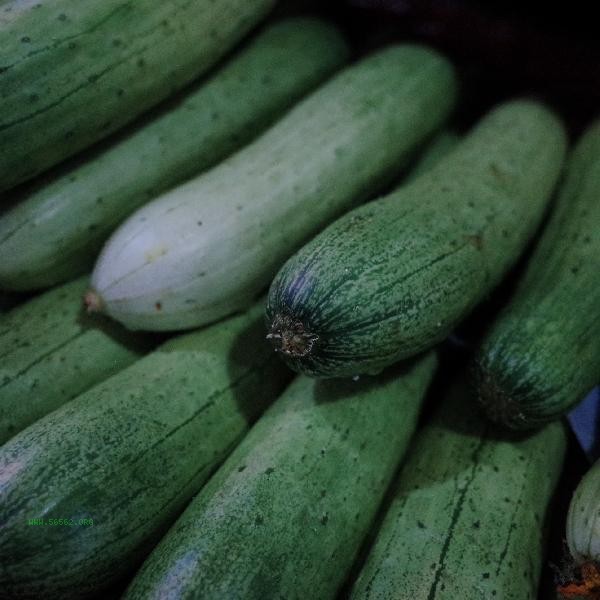The calorie content of vegetables in Kanto cuisine is generally low, and the actual calorie content is affected by the types of ingredients such as radish, kelp, konjac shreds, mushrooms, cabbage, and the soup base.
1. Radish:

White radish is a common ingredient in Kanto cuisine, containing only 16 calories per 100 grams. Its high moisture and dietary fiber properties can increase satiety, and the heat absorbed from the soup base during cooking is limited, making it suitable for consumption during weight loss. It is recommended to choose radish chunks cooked in clear soup and avoid dipping them in high sodium seasoning sauce.
2. Kelp:
Dried kelp has a calorie content of about 25 kcal/100g after soaking, and is rich in alginate and iodine elements. The kelp used in Kanto cooking softens the fibers due to prolonged stewing, but the increase in heat mainly comes from the adsorbed bottom oil. Choosing kelp products with kelp soup base can better control calorie intake.
3. Konjac shreds:

Konjac products themselves have zero calories, and Kanto cooked konjac shreds contain about 5 kcal/100g. Its glucomannan component swells when it comes into contact with water, which can slow down the gastric emptying rate. Attention should be paid to the possibility of adding phosphate and other water retaining agents to commercially available konjac shreds. It is recommended to rinse with water before consumption.
4. Shiitake mushrooms:
Fresh shiitake mushrooms have a calorie content of 34 kcal/100g, and after being cooked and stewed in Kanto, there is less loss of nutrients. The dietary fiber content of the mushroom stem is higher, and it absorbs less soup base during cooking. However, it should be noted that some merchants may add monosodium glutamate to enhance freshness, which may stimulate appetite and be detrimental to weight loss.
5. Cabbage:
Cabbage rolls have about 30 calories per 100 grams, and the outer leaves may absorb more oil. It is recommended to prioritize the tender leaf part of the core and avoid cooking it with meat such as beef. When making homemade, you can first blanch it in boiling water and then add clear soup to reduce fat adsorption.

Kanto cooked vegetables are generally a low calorie option, but attention should be paid to cooking methods and combinations. It is recommended to choose kelp or bonito clear soup base, and avoid thick soup and spicy soup; Drain the soup when consuming to reduce sodium intake; supplementing protein with eggs or tofu; Avoid consuming high-fat foods such as fried foods and fish balls together. When purchasing from convenience stores, you can check the nutrition label. For homemade items, it is recommended to use sugar substitutes and low salt soy sauce for seasoning. Special groups such as hypertension patients should pay attention to controlling the intake of soup base, and diabetes patients should give priority to konjac, kelp and other low glycemic index ingredients.



Comments (0)
Leave a Comment
No comments yet
Be the first to share your thoughts!